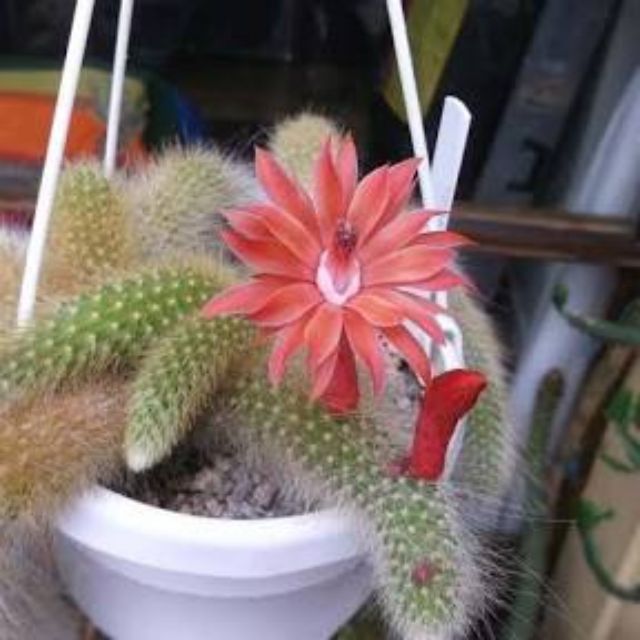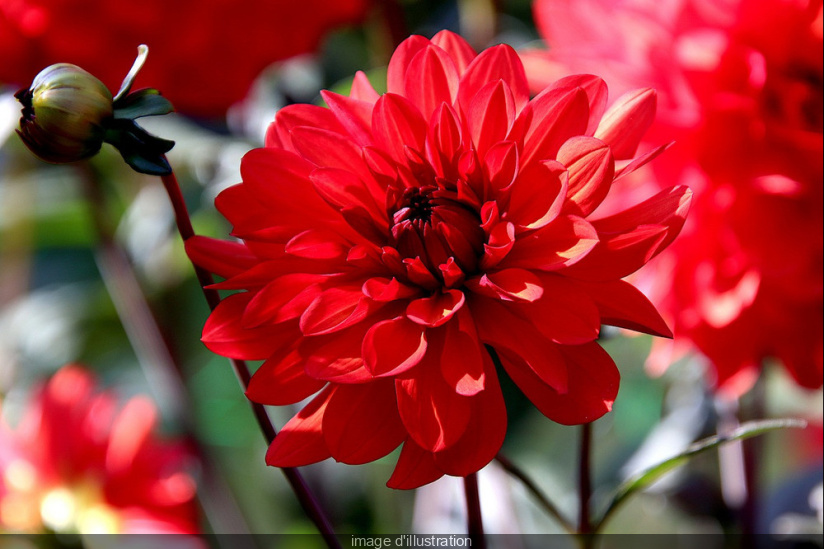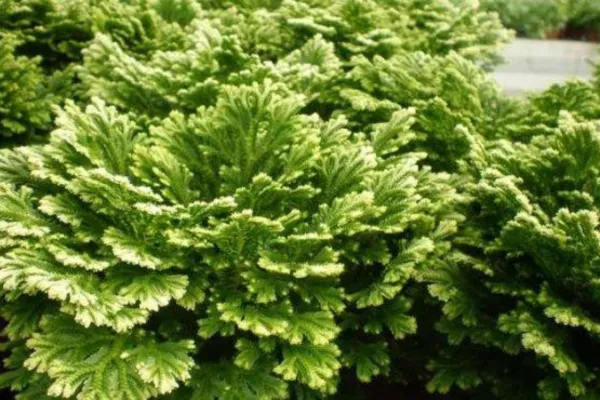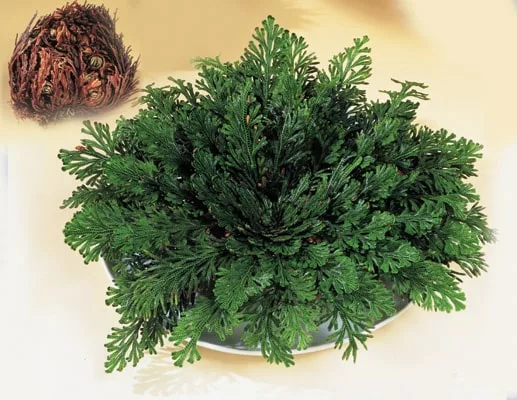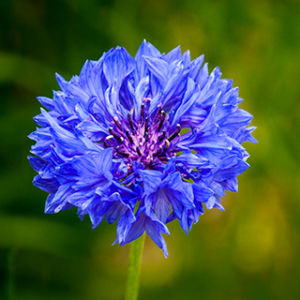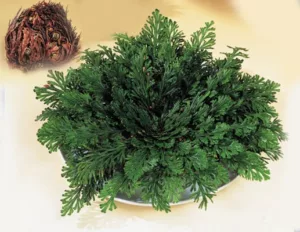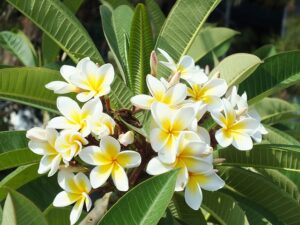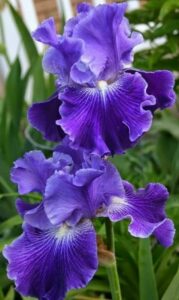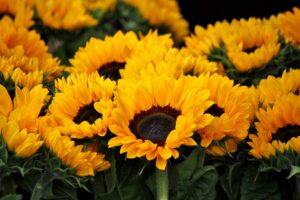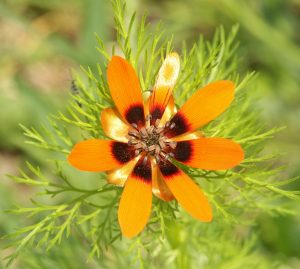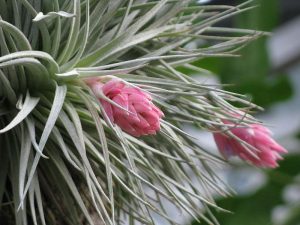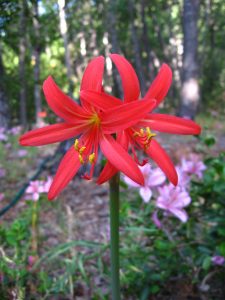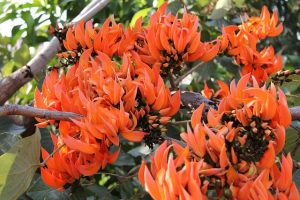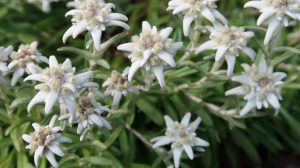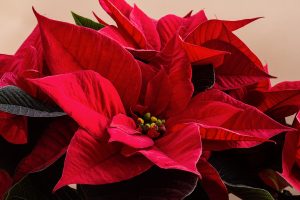Cleistocactus colademononis or monkey tail, a beautiful cactus for you
Hello everyone, today we will talk about a very unique hanging plant, with beautiful flowers, it is Monkey Tail.
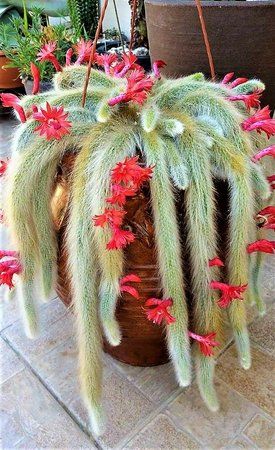
Its scientific name is Cleistocactus colademononis, and it is endemic to Bolivia, more specifically to the province of Florida, in Santa Cruz and centered on Cerro El Fraile. It is also known by other names such as Hildewintera colademononis and Cleistocactus winteri colademononis.
It naturally grows in high, rocky places. It is a strong and vigorous cactus that branches at the base. It initially grows vertically, to later develop as a pendant and does so up to lengths of 2.5 meters.
Currently there are about 28 types of Cleistocactus, although only 25 are accepted as such.
Characteristics
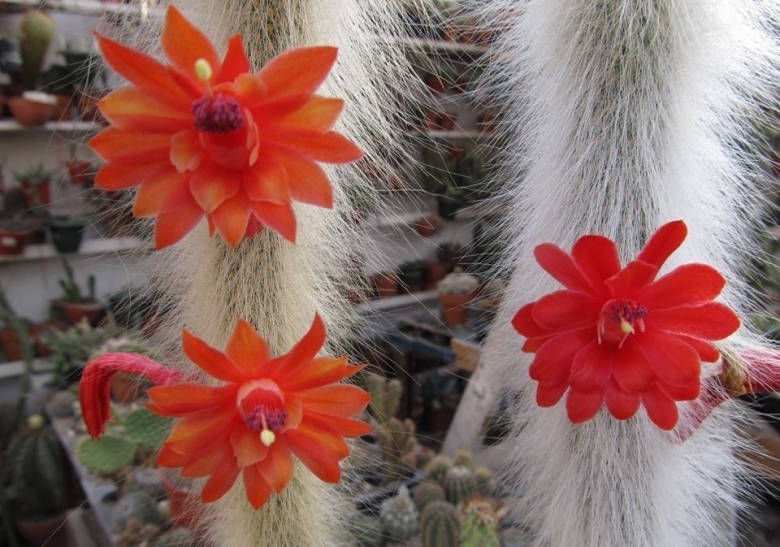
The Monkey Tail is a beautiful cactus with long, soft, white spines that look like hairs; hence the popular name of the plant, since the cactus looks like the tail (or tail) of a monkey.
Its flowers are large, bright red, very showy and decorative. They sprout during the spring-summer season and can be between 7 and 12 centimeters in diameter. Inside, it has multiple seeds that measure just between 1 and 1.5 millimeters.

The stems are cylindrical, light green in color, but hidden by thorns.
Its seeds germinate easily, so its planting in a seedbed is indicated, to obtain new seedlings. It is very easy to grow, either hanging or in pots.
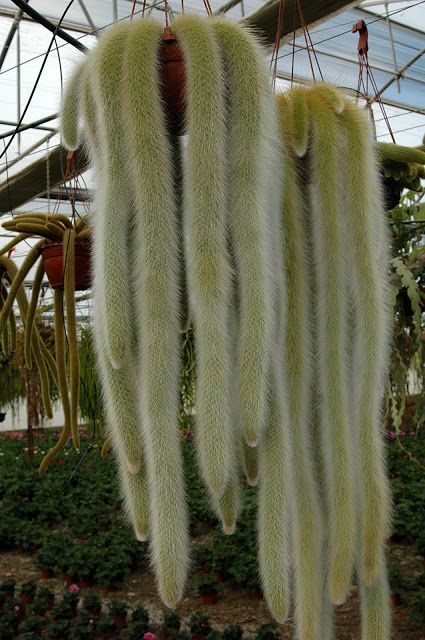
Care
We must have this plant with good drainage, in a substrate with abundant minerals. Watering should be moderate. Depending on the climate, it is irrigation, we must always let the land dry and then water. It is very resistant to low temperatures. We must have it exposed to a lot of natural light.
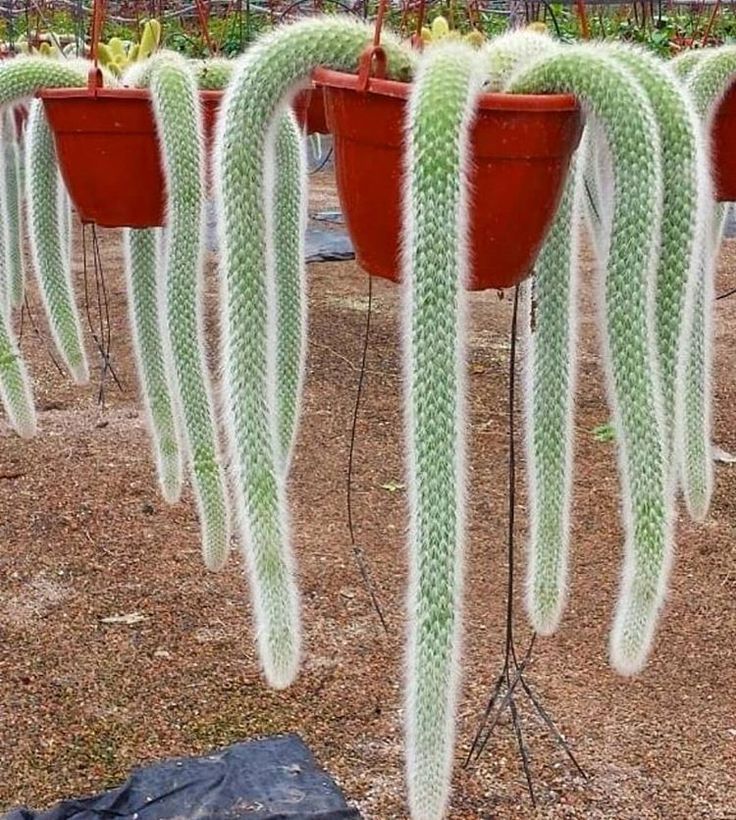
The Cola de Mono should be transplanted every 1 or 2 years, so that the roots have the space and the necessary access to resources, in addition to changing the substrate.
The Cleistocactus colademononis is susceptible to some pests such as the spider mite and the mealybug. Another of the pests that affect it are snails. If you want to learn how to eliminate these pests you can see our articles related to them.
Tipos de plagas: cochinillas, pulgones, mosca blanca, trips y araña roja
Tipos de plagas: caracoles, hormigas, saltamontes, cetonias y chinches
Reproduction
Reproduction can be by seeds as we discussed earlier or by cuttings.
The cuttings, we will remove them in spring / summer and let them dry until they are dry and hardened. Then we plant them in moist substrate.
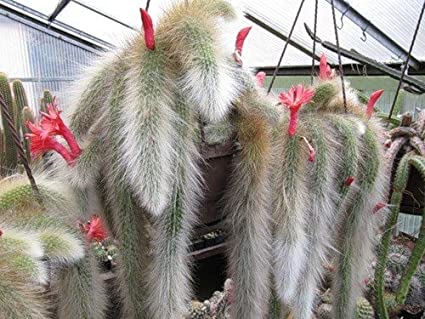
Sowing by seeds, it must be taken into account that it must be on the surface and in 14 to 30 days at about 20ºC the seeds will germinate. Then control the environment of the seedlings, humid and semi-shady.
As you can see, this is a beautiful plant, very easy to grow and with little care. Do you dare to have one of these?
Leave your opinions and suggestions here …

Share this content:
